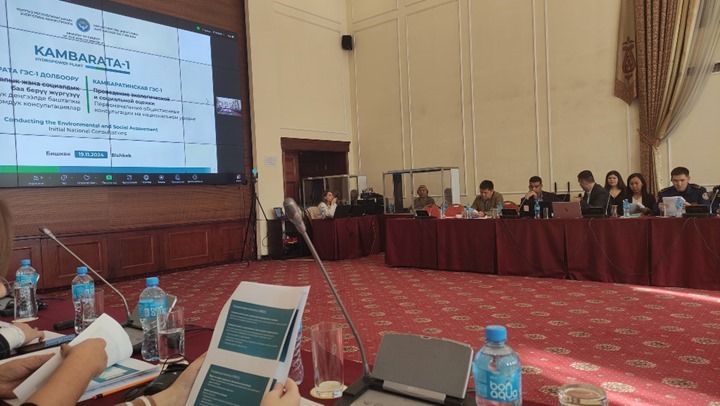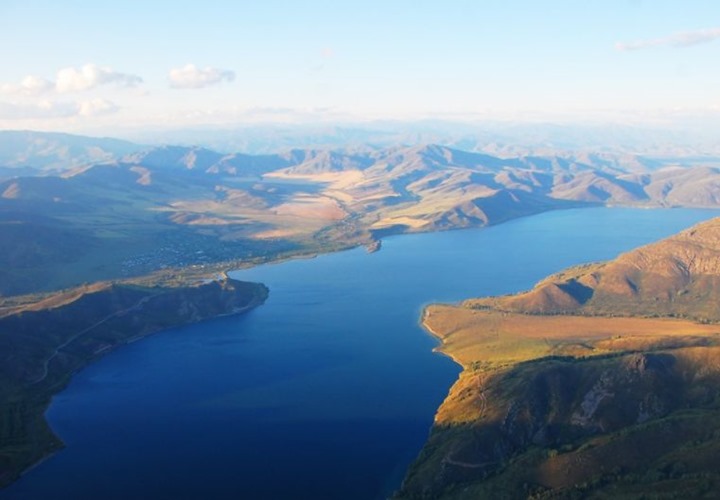Kambar-Ata HPP-1: so far there are more questions than answers
Yesterday in Bishkek, the capital of Kyrgyzstan, the public ecological coalition “Rivers without Borders” took part in the first consultations at the national level on the socio-environmental assessment of the construction project of the Kambarata Dam-1 on the transboundary river Naryn.

The Ministry of Energy of the Kyrgyz Republic presented at the consultations the background of the Kambarata Dam-1 construction project, the current state of preparation of the environmental and social assessment, as well as an approximate schedule for the construction of the largest planned Dam in the Syr Darya basin, where the Naryn River belongs. Unfortunately, no materials for public discussion were presented at the event, except for a general presentation.
“Is it planned to hold public consultations in neighboring countries, Kazakhstan and Uzbekistan? Will the public be allowed to discuss the draft terms of reference for conducting a socio-environmental assessment? Will the assessment of the cumulative impact of the Kambarata Dam-1 be discussed, including its operation in the mode of water and energy regulation of the entire cascade of Dams?”, Regional Director of the Rivers Without Borders Coalition Alexander Kolotov set the tone for the discussion.
Other participants of the consultations also took the opportunity to ask their burning questions: How will the loss of pasture lands to local residents be compensated? How will seismicity be taken into account at the construction site, will appropriate computer modeling be carried out? How does Kyrgyzstan plan to fulfill its international obligations under the Aarhus Convention Governing Public Participation in Environmentally Sound Decision-making and the Espoo Convention on Transboundary Impacts? How will the work on the identification and rescue of cultural heritage in the flood zone of the Kambarata Dam-1 be organized?
The answers to most of the questions posed were that all aspects of the impact would be taken into account, and all the details and details of the project would be presented later, when the results of new studies appeared as part of the socio-environmental assessment, which is planned to be completed by the summer of 2025. However, there was not even a clear plan for further consultations as the preliminary options for assessing the social and environmental consequences of the project were finalized.
“The commissioning of the Kambarata Dam-1 can significantly change the water and energy balance of the region, and therefore, from the earliest stages of the project implementation, an open discussion of possible consequences in the field of water resources management in the Syrdarya basin is necessary,” says Evgeny Simonov, international coordinator of the Rivers Without Borders Environmental coalition. “According to the project developers, about 4 million people live downstream from the proposed Dam in three countries – and each of them should have the opportunity to participate in the discussion of the proposed megaproject.”
The complex of the Kambarata Dam-1 will be a 256-meter dam in the middle reaches of the Naryn River and a hydroelectric power station with hydroelectric units with a total capacity of 1,860 MW.


